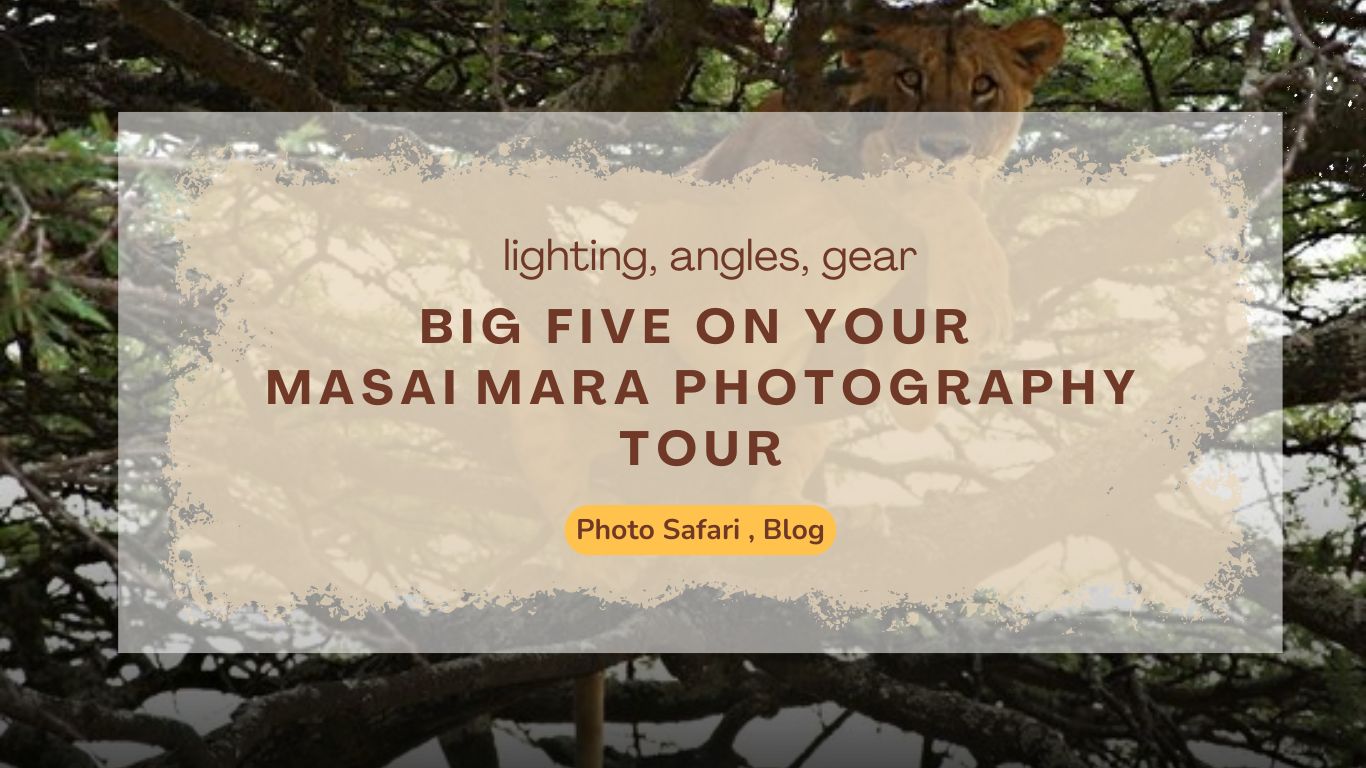On a Masai Mara photography tour, understanding the behavior of the Big Five is crucial to capturing striking images. It’s not just about waiting for the perfect shot, but predicting it. Lions, for example, are most active during dawn and dusk, providing dramatic light and moments of action like hunting or social interactions. Elephants tend to move in family groups near water, while elusive leopards often rest in trees during the heat of the day. Recognizing these patterns helps photographers anticipate the best moments to click, transforming random photos into powerful wildlife stories.
Behavioral cues also tell you when action is about to happen. A lion’s crouch, a buffalo’s snort, or a leopard’s flicking tail can signal a pounce or a movement, so being ready is essential. Seasonality impacts what you’ll see too—during the Great Migration, wildebeests surround predators, creating dynamic scenes. Staying at a camp like Mara Siligi Camp ensures expert guides help you read these signs, positioning you for the best shots on your Masai Mara photography tour packages.








